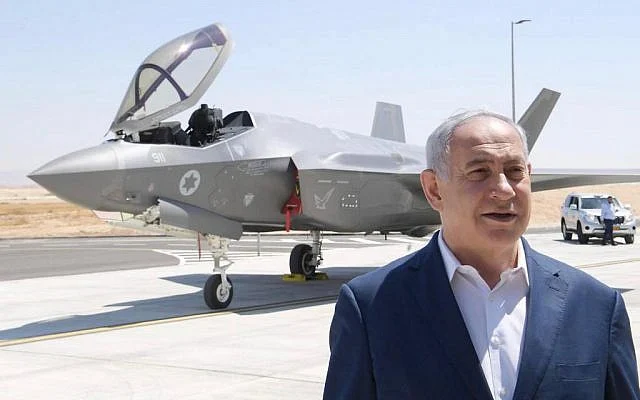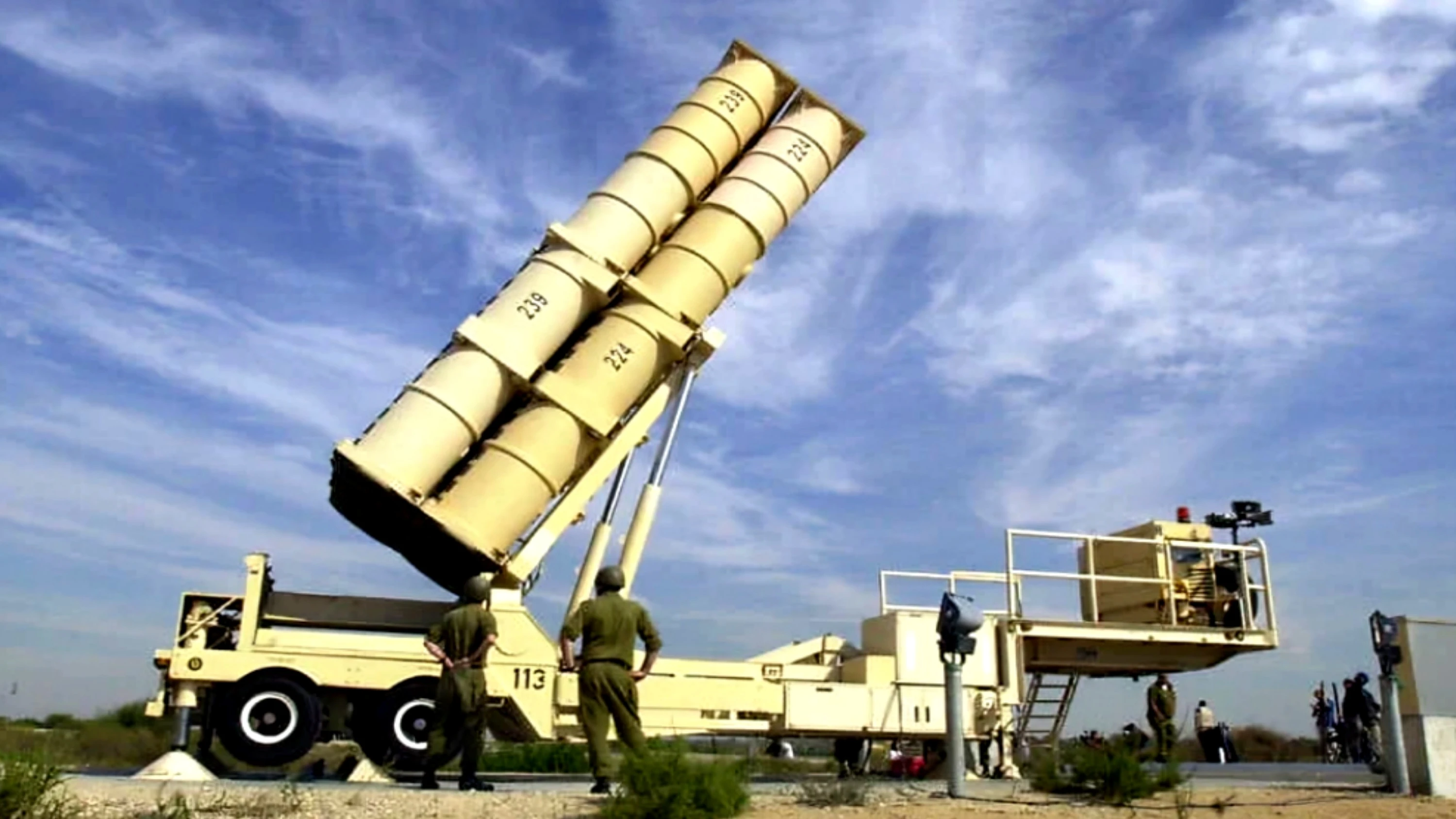ehran: In a significant development in the escalating Israel-Iran conflict, Iranian forces have successfully downed an Israeli F-35 fighter jet near the city of Varamin, roughly 35 kilometers southeast of the Iranian capital. The announcement came early Wednesday morning from Varamin’s governor, Hossein Abassi, via the state-run IRNA news agency.
According to Iranian authorities, the advanced Israeli aircraft was brought down by the Iranian Army’s air defense system, marking what they say is the fifth such fighter jet neutralized since Israel launched a surprise military assault on Iran last Friday, June 14. The ongoing exchange of strikes has rapidly evolved into one of the most dangerous military confrontations the region has seen in recent years, with both nations striking deep within each other’s territories.
The F-35, known for its stealth capabilities and cutting-edge technology, is one of the most sophisticated aircraft in the Israeli arsenal. Iran’s claim of downing such a jet signals a significant moment in the air war, potentially challenging the perceived air superiority of Israel. While Israel has yet to officially confirm the loss, Iranian state media is circulating the event as a strategic victory, indicating increasing confidence in its missile defense infrastructure.
The shootdown occurred amid a series of Israeli air raids targeting Iranian missile production and nuclear-related facilities, particularly in and around Tehran. These strikes, involving more than 50 aircraft, were reportedly intended to disrupt Iran’s capability to manufacture surface-to-air and surface-to-surface missiles. Iran has responded by launching ballistic missiles of its own, including the much-publicized Fattah hypersonic missile, with several of them aimed at Israeli cities like Tel Aviv and Haifa.
This latest escalation comes against the backdrop of mounting regional tension and growing U.S. military presence in the region. With nearly 40,000 American troops now stationed across the Middle East and Washington publicly backing Israel, the downing of an F-35 raises questions about how far the conflict might spiral—and whether a direct confrontation between Iran and U.S. forces is now a matter of “when,” not “if.”
As both nations harden their positions, and Iran celebrates a symbolic and tactical win, the skies over Tehran remain a primary theater in a war increasingly defined by airpower, retaliation, and uncertain boundaries.








